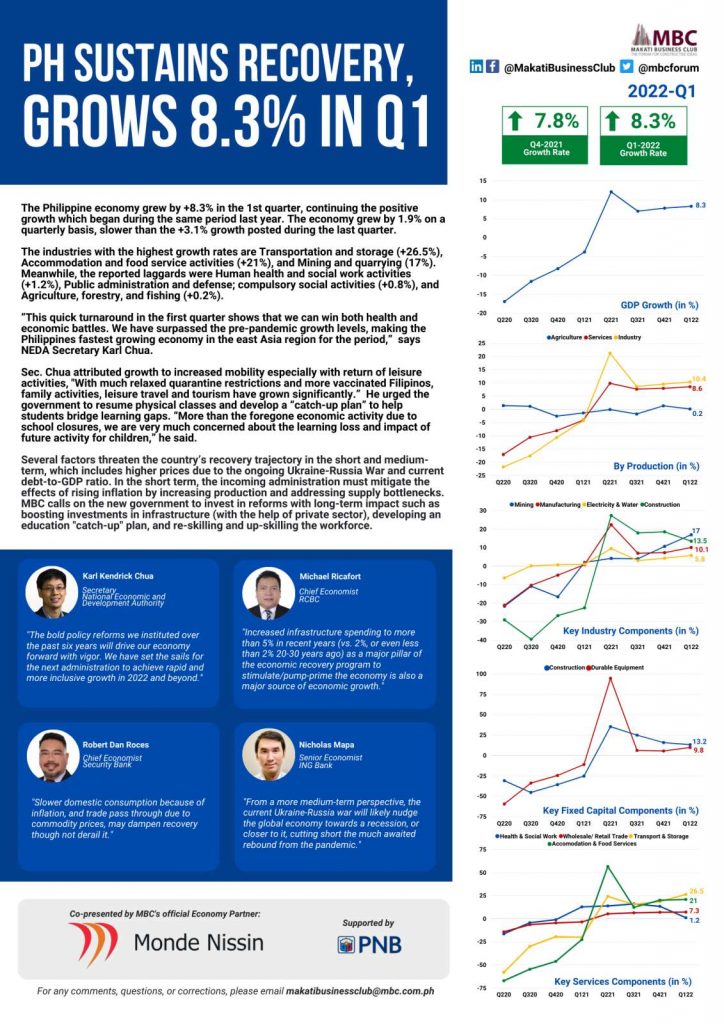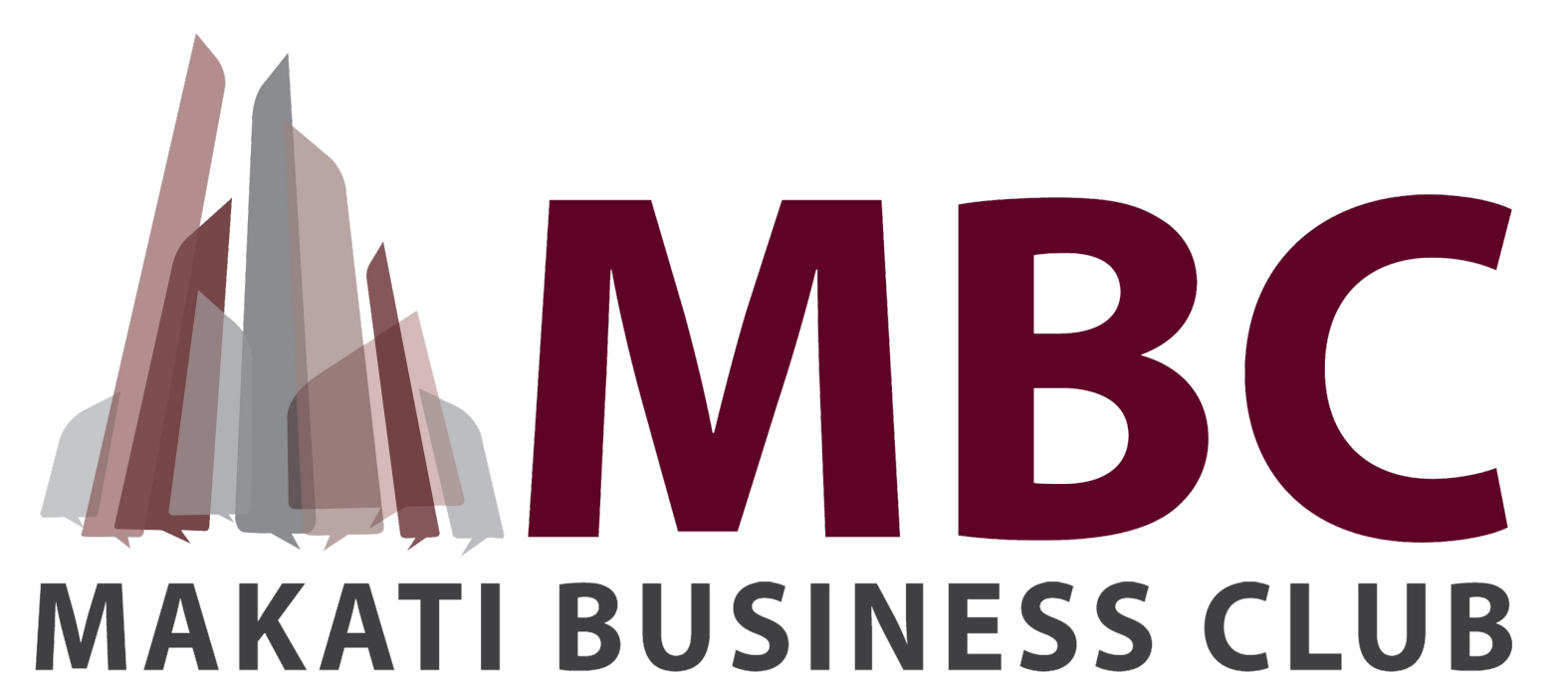
The Philippine economy grew by +8.3% in the 1st quarter, continuing the positive growth which began during the same period last year. The economy grew by 1.9% on a quarterly basis, slower than the +3.1% growth posted during the last quarter.
The leading industries are Transportation and storage (+26.5%), Accommodation and food service activities (+21%), and Mining and quarrying (17%).. Meanwhile, the reported laggards were Human health and social work activities (+1.2%), Public administration and defense; compulsory social activities (+0.8%), and Agriculture, forestry, and fishing (+0.2%).
“This quick turnaround in the first quarter shows that we can win both health and economic battles. We have surpassed the pre-pandemic growth levels, making the Philippines fastest growing economy in the east Asia region for the period,” says NEDA Secretary Karl Chua.
Sec. Chua attributed growth to increased mobility especially with return of leisure activities, “With much relaxed quarantine restrictions and more vaccinated Filipinos, family activities, leisure travel and tourism have grown significantly.” He urged the government to resume physical classes and develop a “catch-up plan” to help students bridge learning gaps. “More than the foregone economic activity due to school closures, we are very much concerned about the learning loss and impact of future activity for children,” he said.
Several factors threaten the country’s recovery trajectory in the short and medium-term, which includes higher prices due to the ongoing Ukraine-Russia War and current debt-to-GDP ratio. In the short term, the incoming administration must mitigate the effects of rising inflation by increasing production and addressing supply bottlenecks. MBC calls on the new government to invest in reforms with long-term impact such as boosting investments in infrastructure (with the help of private sector), developing an education “catch-up” plan, and re-skilling and up-skilling the workforce.
